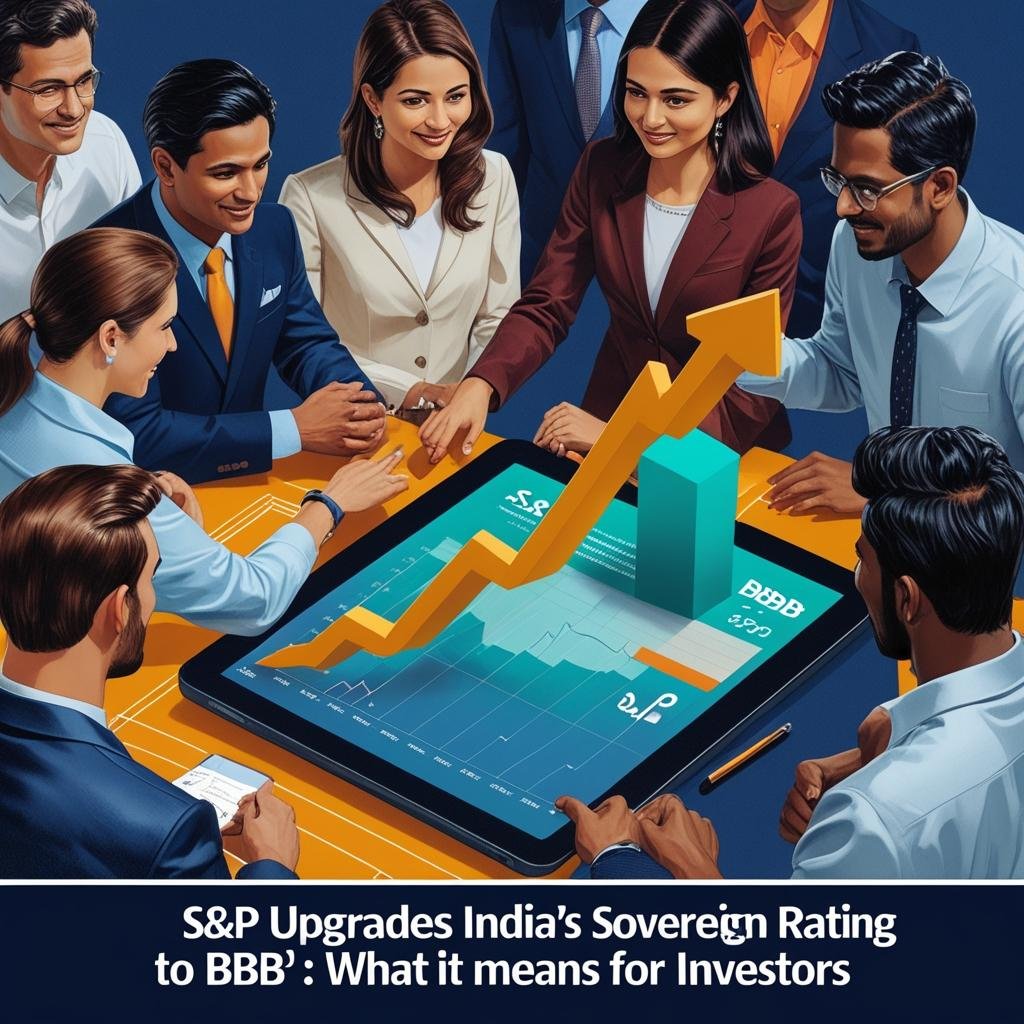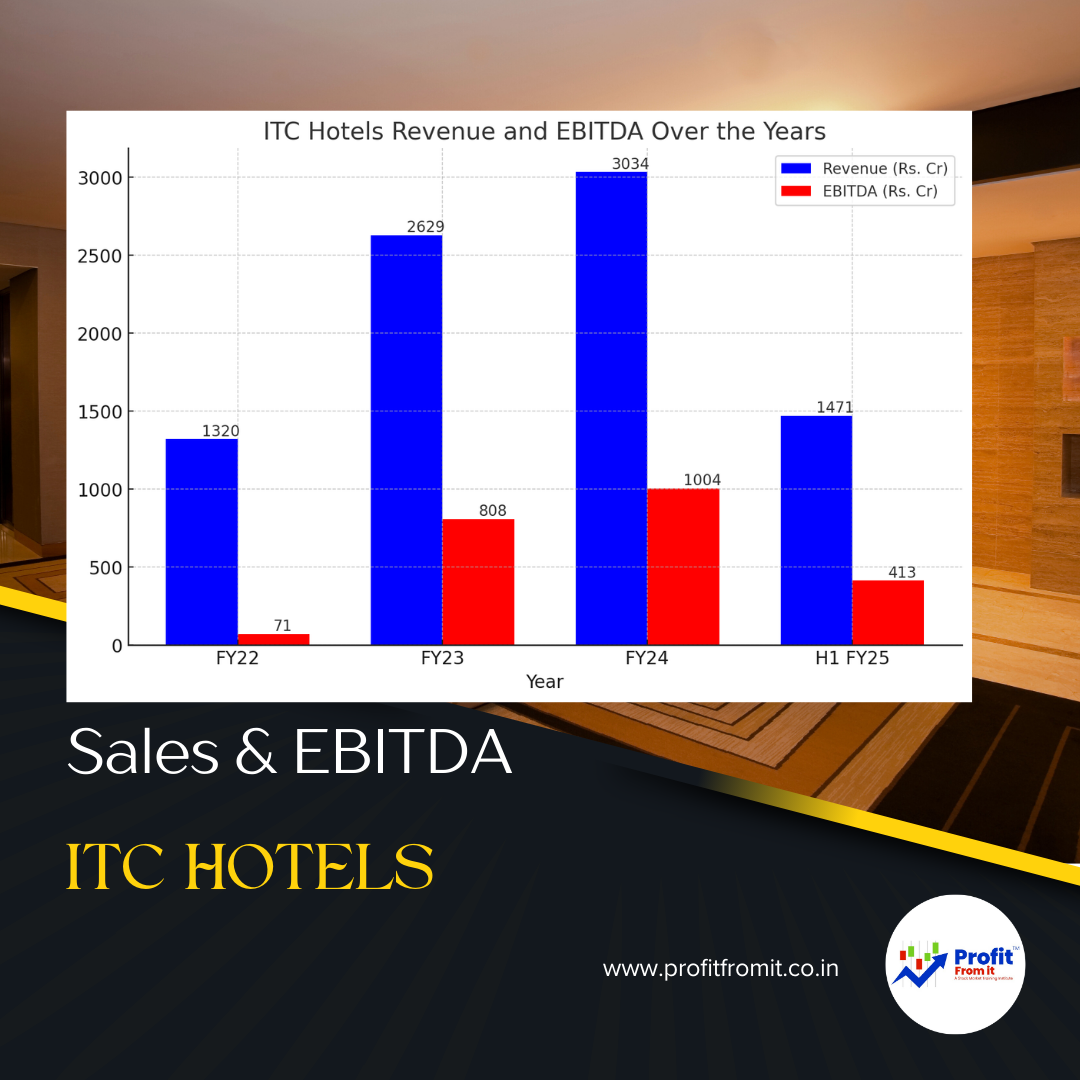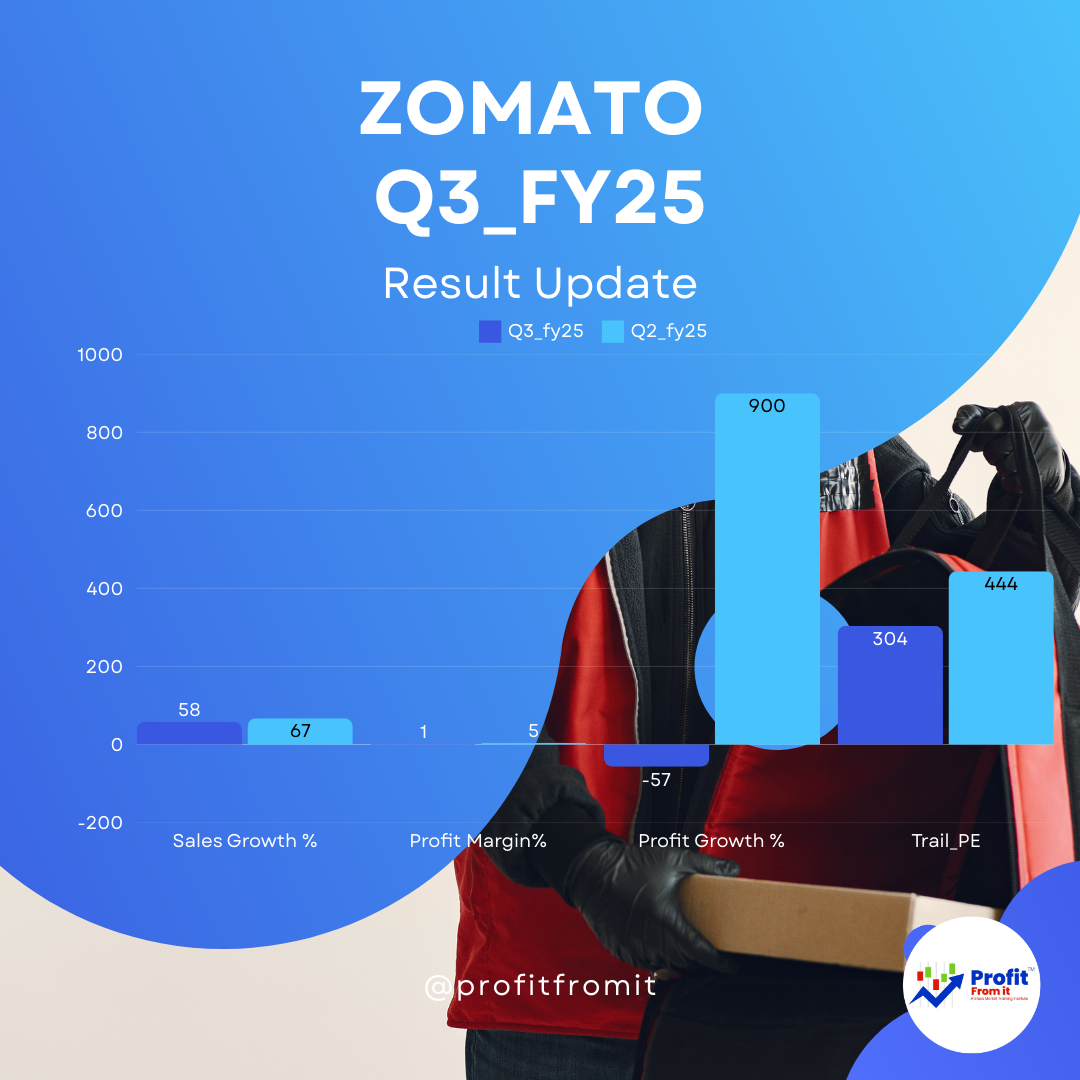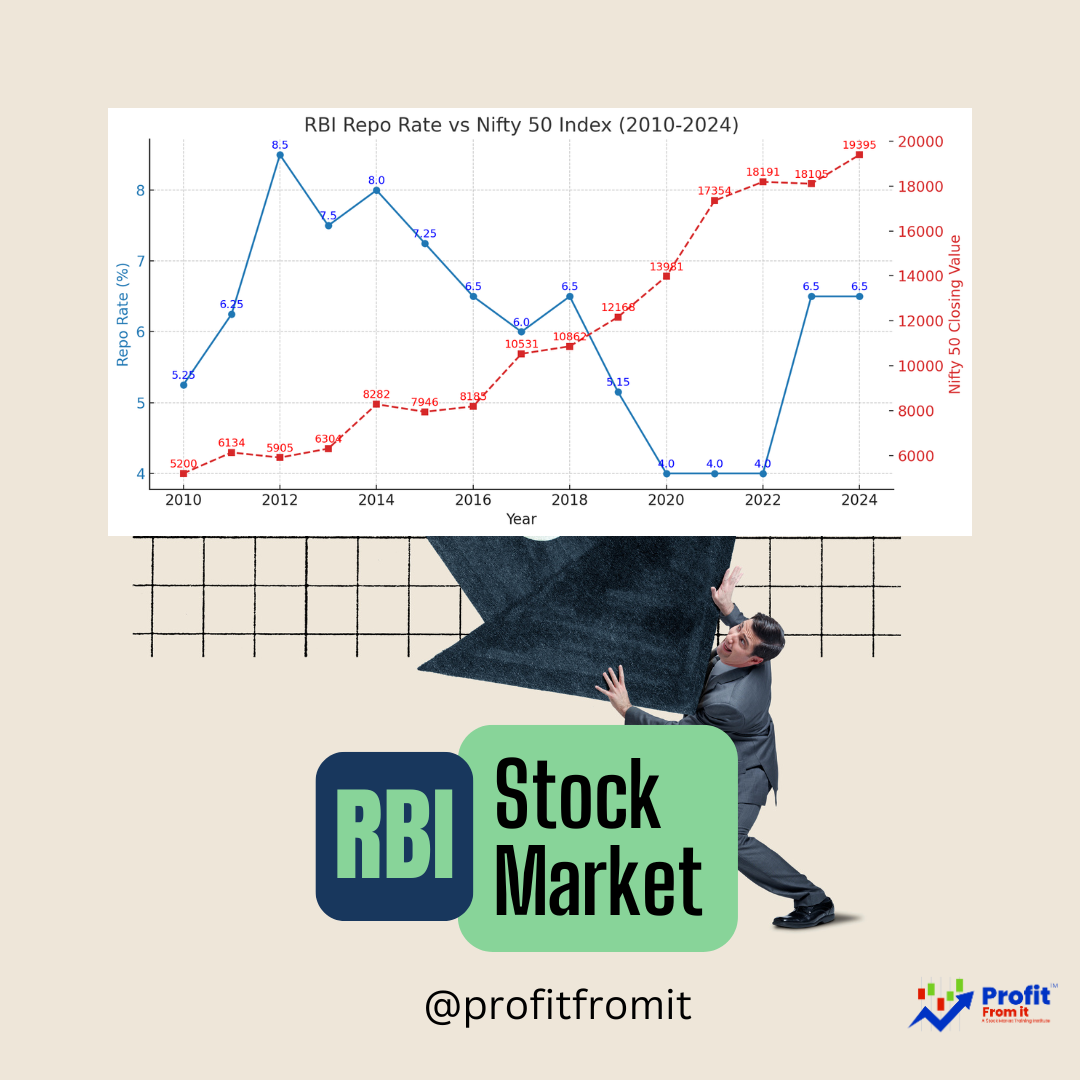
S&P Upgrades India’s Sovereign Rating to ‘BBB’: A Decade-Defining Moment for Investors
Introduction
On 16th August 2025, S&P Global Ratings delivered a historic upgrade to India’s sovereign credit rating:
Long-term rating: ‘BBB-’ → ‘BBB’
Short-term rating: ‘A-3’ → ‘A-2’
Outlook: Stable
This is India's first sovereign rating upgrade in 18 years, with the last coming in 2007 when India entered the investment-grade basket.
Why This Matters
A sovereign rating acts as a global seal of credibility on India’s economic management.
It directly influences borrowing costs, global fund flows, corporate capital expenditure, and equity valuations.
The upgrade signals confidence in India's ability to sustain high growth with macroeconomic stability.
Key Highlights from S&P’s Report
GDP Growth
Real GDP (FY22–FY24): 8.8% CAGR, among the highest in Asia-Pacific.
Projected GDP (FY26–FY29): 6.5%–6.8% CAGR.
Fiscal Stability
Central government deficit projected at 4.4% of GDP by FY26.
Combined government deficit expected to moderate to 6.6% by FY29.
Credibility maintained despite a large infrastructure push.
Capital Expenditure (Capex) Push
Government capex to reach ₹11.2 trillion (3.1% of GDP) by FY26.
Public infrastructure spending about 5.5% of GDP, among the highest globally.
Inflation & Monetary Policy
CPI inflation averages around 5.5% over three years.
July 2025 inflation at 1.6% YoY due to stable food prices.
RBI repo rate cut by 100 bps in 2025, now at 5.5%.
External Position
Stable current account deficit.
Rising forex reserves and strengthening rupee outlook.
Stock Market and Economic Benefits
Lower Risk Premium: Indian bonds and equities seen as safer → valuation multiples can expand.
Cheaper Capital: Corporates can borrow cheaper overseas, boosting profitability.
Surge in FII/FDI: More foreign investment inflows due to improved sovereign rating.
Rupee Stability: Importers and exporters benefit from predictable foreign exchange rates.
Sector Rotation: Infrastructure, banking, consumption, and renewables sectors expected to outperform.
Historical Context
The last rating upgrade cycle (2003–07) coincided with deep economic reforms and triggered a multi-year bull market. The 2025 upgrade may similarly spark a structural rally lasting into the early 2030s.
Sector-Wise Impact & Beneficiaries
| Sector | Key Drivers | Example Beneficiaries |
|---|---|---|
| Infrastructure & Construction | Surge in road, rail, metro, port, airport projects | L&T, UltraTech Cement, Shree Cement, Adani Ports, GMR Infra |
| Banking & Financials | Lower cost of borrowing; better balance sheets | HDFC Bank, ICICI Bank, SBI, Bajaj Finance, HDFC Ltd |
| Auto & Manufacturing | Demand from infrastructure build-up; rural inflation control | Tata Motors, M&M, Maruti Suzuki, Hero MotoCorp |
| IT & Digital Services | Stability improves outsourcing confidence; AI & digital hub | TCS, Infosys, Wipro, LTIMindtree, Tech Mahindra |
| Pharma & Healthcare | Low-cost borrowing; stable rupee aiding exports | Sun Pharma, Dr. Reddy’s, Cipla, Apollo, Fortis |
| FMCG & Consumer Goods | Inflation moderation; margin expansion | HUL, ITC, Nestle India, Britannia, Dabur, Tata Consumer, Patanjali Foods, DMart |
| Power & Renewables | Foreign funding inflows for clean energy | NTPC, Tata Power, Adani Green, JSW Energy, ReNew Power, IREDA |
| Energy Trading & Exchanges | Rising electricity demand | IEX (Indian Energy Exchange) |
| Telecom & Digital Economy | Cheaper funds for 5G, AI infrastructure | Reliance Jio (RIL), Bharti Airtel, Adani Connex, CtrlS |
Long-Term Market Outlook (2025–2035)
Declining debt-to-GDP ratio → stronger investor trust.
Corporate profits/GDP rising from 4.5% to 6% by 2030.
India likely to command a structural valuation premium over emerging market peers.
Higher passive foreign institutional investor (FII) flows due to increased weightage in MSCI and other emerging market indices.
Sector Leaders for the Next Decade
Infrastructure: L&T, UltraTech
Banking: HDFC Bank, SBI, ICICI Bank
Consumption: HUL, Tata Consumer, Patanjali, DMart
Renewables: NTPC, Adani Green, IREDA
Digital Economy: Infosys, TCS, Reliance Jio
Energy Trading: IEX
Conclusion
S&P's upgrade of India’s sovereign rating to ‘BBB’ is far more than a technical event. It represents a decade-defining milestone signaling:
Lower borrowing costs and increased capital inflows
A boom in capex spanning infrastructure, renewables, and the digital economy
Stronger banking sector and more efficient corporates
Revival in rural consumption through inflation moderation
For disciplined investors, this upgrade marks the beginning of a structural bull market that could propel India toward a $10 trillion economy by the early 2030s.
Disclaimer
This summary is for educational purposes and is not a buy or sell recommendation. Investors should conduct their own due diligence and assess their risk tolerance before making investment decisions.



 for Investors The provided chart outlines key metrics for Nifty 500 companies across different periods (FY22 t.png)





